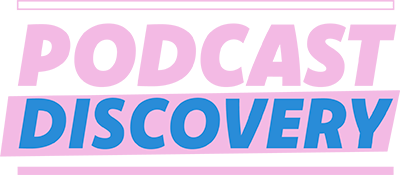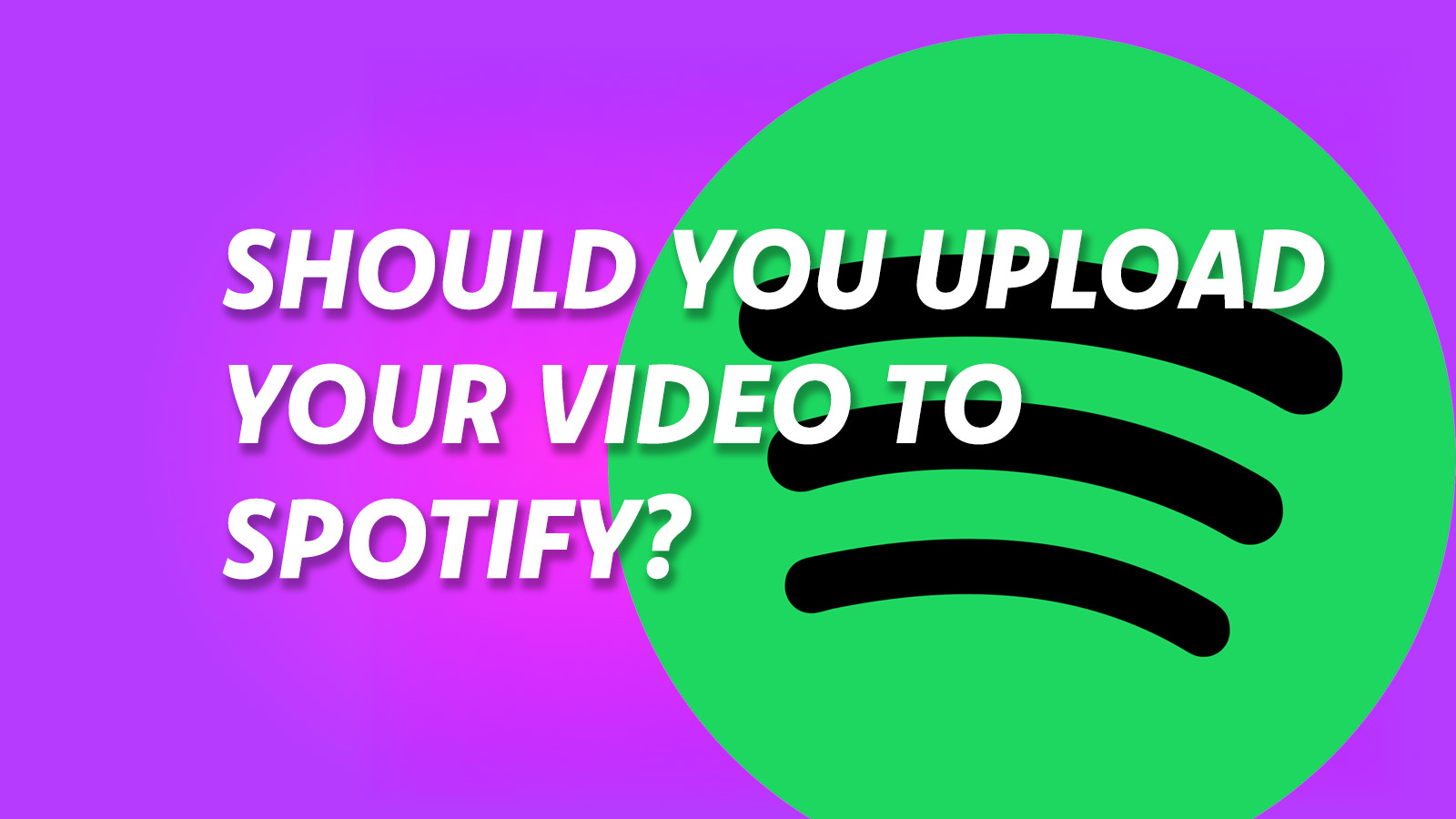If your focus is on reaching a wide audience, it’s hard not to argue for producing your podcast in both audio and video form. Of course, like all things podcast related, Creators have to decide the appropriate time and resources to deliver their objectives, so video might not be right yet for everyone. However, should you have good video assets it does open up a variety of opportunities.
In November last year, Spotify announced a big push into video. In effect, moving from thinking of podcasts as audio products to looking at them as multi-platform ‘shows’. To do this they’ve revised their Creator platform to allow podcasters to replace audio episodes with video ones. Their app then allows people to listen to a podcast or to watch it.
However, the changes they’ve made means Creators need to think hard about the options they’re presented with as they have significant implications.
Assuming your host isn’t Spotify or Megaphone, most Creators will have previously given Spotify their RSS feed in the same way they’ve distributed it to Apple Podcasts, Amazon Music or any podcast app. This means when a listener presses play it pulls the audio from your hosting platform including any ads they may insert. All these listeners are reflected in your stats and in any money you get from the dynamically inserted advertising.
With Spotify’s video tool, you log in to Spotify for Creators, find your show and your new episode, go to Details and then hit Upload Video. At this point you can add an MP4, a thumbnail and tell it about the content. A few minutes later, the video’s live.
However, uploading a video breaks the connection with your RSS feed. From that point on, Spotify will no longer pull the episode from your host. They’ll deliver the video version to people who watch, but any listeners will now just get the audio from the video. This means you won’t see any listens/downloads reflected in your host’s stats and no advertising will be delivered to any listeners to that episode, from that point on.
The one exception is if you ‘burn in’ the adverts to the video you upload. For example if you get the Rest is Entertainment on Spotify you’ll see that they have host-read adverts for their main sponsor Sky, but that you no longer get any of the additional dynamic spot advertising that you hear if you listen to the show on, say, Apple Podcasts.
This is Spotify’s intention. They want Spotify’s subscribers to get more value out of their app by reducing the amount of advertising on video podcasts.
So, how do you make money as a Creator? Well, if you join the Spotify Partnership Program, they’ll become your podcast host and deliver ads to audio listeners and you’ll get paid based on the amount of video that Spotify’s premium users consume. To qualify you need to:
- Have published at least 12 episodes
- Hit at least 10,000 consumption hours on Spotify in the last 30 days
- Hit at least 2,000 people who have streamed on Spotify in the last 30 days
So, if you are not hosted by Spotify, and monetise your show with dynamic audio ads, your choices are:
- Don’t upload video to Spotify and remain audio-only
- Upload video, but sacrifice the money from the audio ads on Spotify you would have made
- Swap your host/ad provider to Spotify and earn audio revenue and an allocation of money from Spotify user’s subscriptions.
If your show doesn’t have dynamic ads, we think it’s a no brainer to put full video on Spotify. Giving consumers the choice of how to ‘get’ your show is the right one. If you do have dynamic ads and a significant audience on Spotify you really need to think about whether to stick with your current host and sacrifice the money or move everything to Spotify and hope the revenue is the same or better!
Outside of full episodes, one thing you can do is upload video clips of your show to Spotify for Creators. This doesn’t affect any monetisation and enables Spotify to curate that content around the app. To use the function, find your show on Spotify for Creators and select ‘Clip’. At the moment you can upload one 15-90sec clip for each episode.
Still need some help with your video strategy? Contact our team and we’ll try and help you out!


